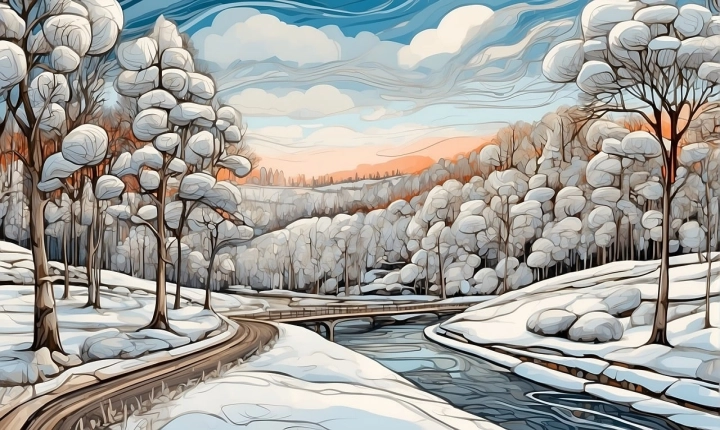Title: How to Build an AI Image Generator: A Step-by-Step Guide
Artificial intelligence (AI) has been revolutionizing various industries, and one of the most fascinating applications is its ability to generate images. Whether it’s creating realistic human faces, landscapes, or abstract art, AI image generators have shown incredible potential. In this article, we will explore the steps involved in building an AI image generator.
Step 1: Understand the Basics of Image Generation
Before diving into the technical aspects, it’s crucial to have a good understanding of how image generation works. Image generation using AI is often based on Generative Adversarial Networks (GANs) or Variational Autoencoders (VAEs). GANs comprise two neural networks – a generator and a discriminator – that work together to produce realistic images. On the other hand, VAEs are used to learn the underlying data distribution and generate new samples.
Step 2: Choose a Framework
Selecting the right framework is crucial for building an AI image generator. Popular choices include TensorFlow, PyTorch, and Keras, which offer a wide range of tools and libraries to work with neural networks and image processing.
Step 3: Collect and Preprocess Data
The quality of the AI-generated images heavily depends on the quality of the dataset used for training. You will need a large and diverse dataset of images relevant to the type of images you want to generate. Preprocessing the data involves tasks such as resizing, normalization, and augmentation to prepare the dataset for training.
Step 4: Model Selection and Training
Choosing the right model architecture and preparing the training pipeline is a crucial step. For GANs, you need to design a generator and a discriminator network, while for VAEs, you need to define the encoder and decoder architecture. Once the model is set up, training involves optimizing the model’s parameters by feeding it with the prepared dataset.
Step 5: Hyperparameter Tuning and Validation
Fine-tuning the model’s hyperparameters, such as learning rate, batch size, and network architecture, is essential to achieve better performance. Additionally, validation techniques help ensure that the generated images are of high quality and closely resemble the input data distribution.
Step 6: Deployment and Integration
Once the AI image generator model is trained and evaluated, it’s time to deploy the model for production use. Deployment involves integrating the model with a user interface, web application, or any other platform where users can interact with the generator to produce images.
Step 7: Continuous Improvement
Building an AI image generator is an ongoing process. Iteratively improving the model based on user feedback, implementing new techniques, and staying updated with the latest advancements in AI research is essential to keep the generator competitive and capable of generating high-quality images.
In conclusion, building an AI image generator involves a deep understanding of image generation techniques, choosing the right framework, collecting and preprocessing data, model design and training, validation, deployment, and continuous improvement. The potential applications of AI image generators are vast, ranging from creative art generation to assisting in design and rendering tasks across industries.
